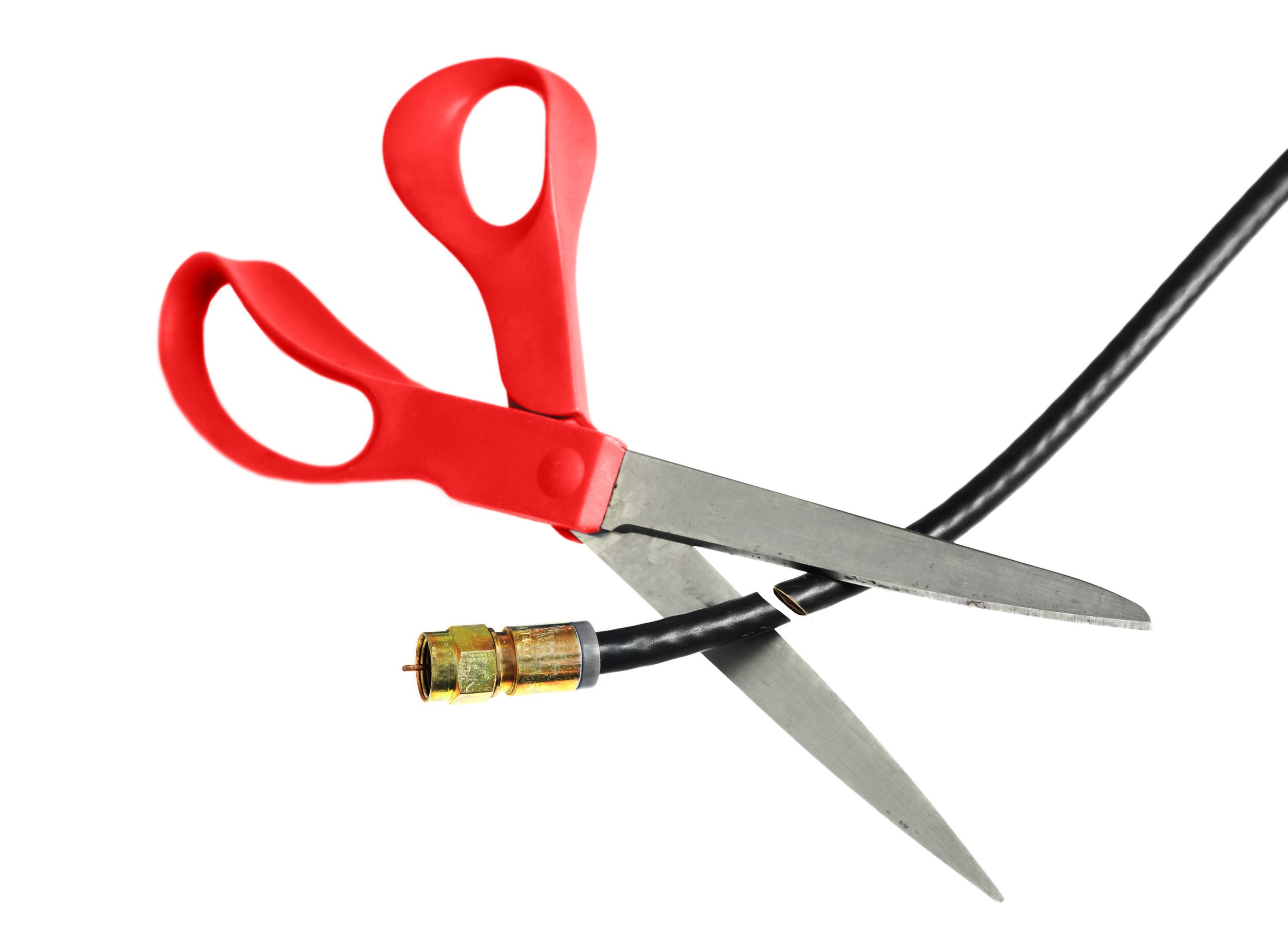Is ASAE Becoming Like Cable TV?
Like many people, I have a cable television subscription. Comcast, while the bane of my existence when it comes to customer service, provides me access to hundreds of channels that include local stations, premium channels, and basic cable channels. Out of the hundreds of channels available, I probably watch less than 10% of the options. But I have the options and can explore many areas of the service. My account includes all of these choices if I use them or not.
My attention is diverted from cable television because I have other streaming options like Netflix (my personal favorite), Amazon Prime Video, and Max (formerly HBO Max). I’ve also subscribed to Paramount+ and Peacock. Cable television is no longer the only place to find entertainment, education, or news, so my husband and I often discuss the question: Should we cut the cord? Is it worth the fee when we are going elsewhere for what cable television provides?
Many of our friends and relatives have “cut the cord” to cable television and replaced it with streaming services. All you need for that is an internet subscription and a device that you can use to watch what you choose. There is no longer a need for a “one stop shop” when it comes to entertainment, education, and news choices.
What it creates is an individualized package that gives the consumer exactly what they want on their terms. This seems like a positive, but when you start looking at it through the lens of a world that is rapidly fragmenting, it also contributes to isolation, echo chambers, and potentially higher costs.
If you want to cut your cable television subscription, you have to then buy subscriptions to all the different services you want to access. These fees for individual streaming services generally run $7 to $10 per month depending on the service; if you pay annually, you likely get a reduced fee. This could take more time to manage than the one cable subscription because you need to stay on top of how many you subscribe to, how much it is costing, and how much time you have to actually watch all these services.
As I was pondering this state of affairs, I realized it’s great for consumers, but bad for the community. People will eventually be siloed or segregated into smaller and smaller niches with less and less in common. There will be many “theys” but no “us.”
Sadly, after many years in my chosen profession of nonprofit management, I am seeing a similar situation played out within our professional community. It is fragmenting and isolating into smaller and smaller niches. Groups that once were part of ASAE are now cutting the cord and creating new groups because, as some people in these groups state, “ASAE does not have anything for us,” or they believe they can offer services to their group that ASAE does not.
And I see ASAE contributing to its own demise (much like the cable companies) by not seeing this for what it is: the long slow decline to no longer being necessary or considered relevant. If I can join AWTC, the Fridays @4 Society, the Association Latinos, the Black Association Executives, and the LGBTQ+ Community, how much time and money – and more importantly, ENERGY – will I have left for any other group?
This list does not take into account the state and regional nonprofit management organizations; think of the long list of state societies and the several regional groups, and you might break into a sweat wondering how you can fully participate in our professional community.
The big question is this: Do we have a cohesive professional community and a focused leadership that represents all of us in these turbulent times? We are heading into an even more dangerous era where the contributions of nonprofit organizations will be more crucial than ever. We need to protect our status to continue the good work we do for the world. Whether we are feeding the hungry, training professionals, improving standards for an industry, or funding research, we are all 501c.
As Benjamin Franklin said, “We must, indeed, all hang together, or we will most assuredly hang separately.”

